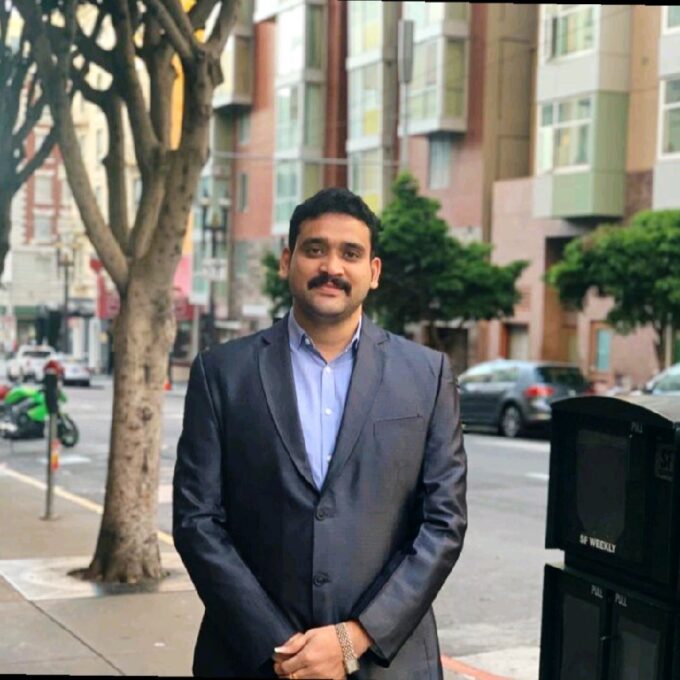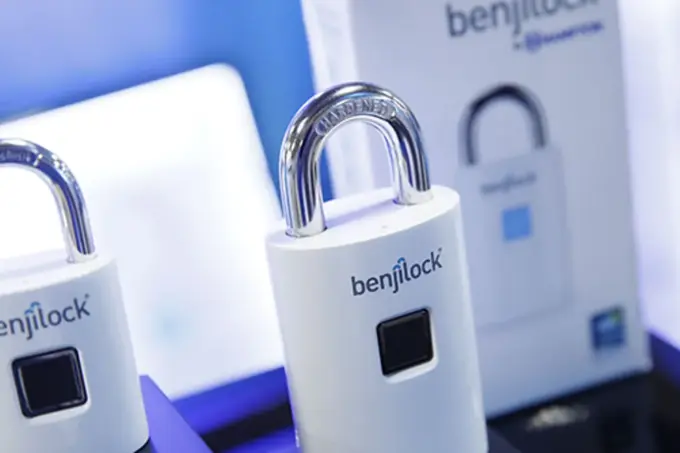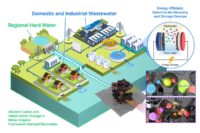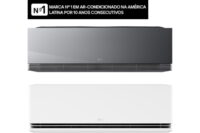that improves the lives of people with “invisible disabilities,” including the blood vessel disorder Raynaud’s syndrome. And with advancements like smartphone-based Scan-AI-Print technology utilized by Fitasy Inc., communities around the world can gain access to custom-fitted shoes.
One early example emerged at CES 2023 with L’Oréal’s HAPTA, a computerized makeup applicator for individuals with limited mobility.
Sustainability
The days of not knowing where clothing comes from are nearly gone, thanks to blockchain technology that enhances traceability and transparency, and by extension, ensures ethical sourcing of fabrics and materials. Virtual Try-On (VTO) technology is also helping to improve sustainability in fashion and beauty. By allowing consumers to see what products will look like on them prior to purchase, this AR-powered technology reduces the need for samples and returns –– leading to less waste. It can also save you from a hairstyle gone wrong. The Wahl® Style Selector, from Wahl Clipper, allows users to preview hairstyles before committing to a cut. Fashion manufacturers are also leveraging AR to prototype designs, ensuring they meet expectations before production begins.
A Bright, Stylish Future
As technology continues to advance, the beauty and fashion industries are breaking down barriers and opening doors to innovation. These groundbreaking solutions not only enhance self-expression but also ensure that everyone — regardless of physical ability, age, or personal circumstances — can participate and convey who they are visually. From hyper-personalized skincare to adaptive clothing and digital fashion, tech is making the future of beauty and fashion more inclusive, sustainable, and exciting than ever before.

















Leave a comment